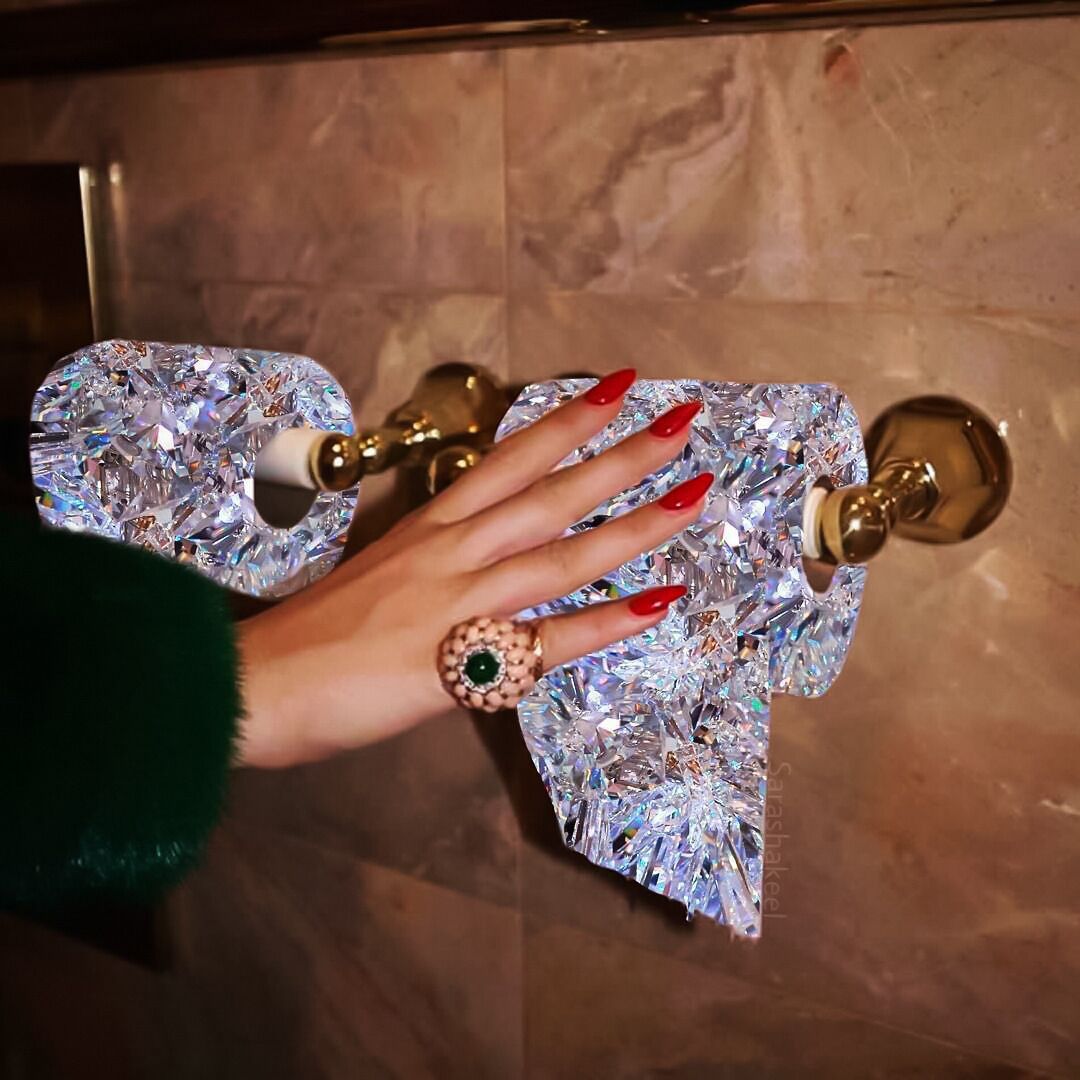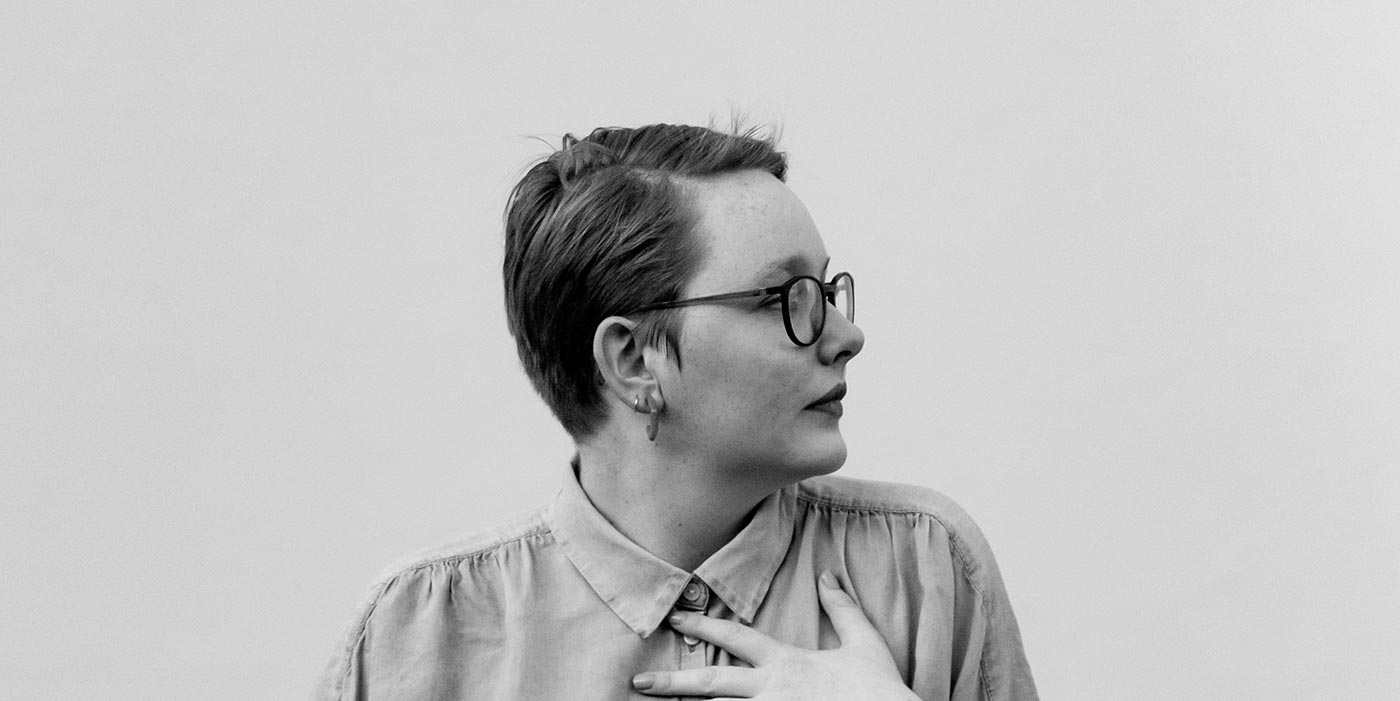23 Nov The Most Fabulous Hood Life Where it started
I remember when ghetto fabulous wasn’t so fabulous, it was just plain ghetto. I lived it, enduring roach-infested apartments in the Ramona Gardens housing project in East L.A. and Jordan Downs in Watts. My mother, three sisters and I felt downright upscale when we moved to a cramped apartment in South L.A. Ah, the glamour of growing up way below the poverty line on welfare, food stamps, Section 8 and AFDC (Aid to Families With Dependent Children).
Back then ghetto fab was whatever scraps my mother could sew together for us, foraged from late-night Dumpster raids behind fabric houses, with the occasional discarded upholstery sample thrown in. If we wore something new, it was damaged and from a mega discount outlet. My mother had a unique fashion sense. She was doing underwear as outerwear way before Gaultier. She’d don multiple bras for that haute couture six-tit Romulus et Remus effect — add some big white panties over a gingham housedress and tube sox worn over orthopedic wedgies and you had one funky Sunday going-to-meeting dress.
Hot tips: The freshest trends in nail design originate at Queen Nail (Unit E-24) and are then
co-opted all over the world. There seems to be millions of choices, from two different color swirls mixed for a hippy-dippy effect to French tips that are airbrushed with different shapes or designs such as a tribal tattoo, a beach scene or fornicating lovers. And let’s not forget the textured nails, semitransparent or opaque.
The early ghetto fabulous look that came out of New York in the late ’70s and early ’80s couldn’t match the whimsy of my mother, but it had a spark that was its own — one that was vested in equal parts earnestness and irony. “In the beginning ghetto fabulousness was authentic and creative, taking material icons and trappings and adapting them to the urban American landscape,” says Mr. Style, who formerly worked for Puff Daddy/P. Diddy’s clothing line, Sean Jean. “For example, taking the Vuitton or Gucci logo off the bag and putting it onto a velour sweatsuit or high-top sneakers — something beyond the designer’s scope of reason or reality.”
No doubt the rappers in the seminal South Bronx and Brooklyn scenes, and to a larger extent the queens of the Harlem drag balls, admired the wealth of white society and strove to acquire some of it, but for the most part they were content, like me, to create their own distinctive and more interesting version. Everything looks good on dark skin, so black folks can get away with wearing some pretty tacky things. When I became a part of the early punk scene with my performance art group the Afro Sisters, I mixed my mother’s outrageousness with blaxploitation fashion. My riff on late-’60s/early-’70s urban chic didn’t always sit well with certain punk and post-punk snobs, plus a lot of my looks hadn’t dated long enough to be considered retro. But that just comes with being a style pioneer.
Boot-y call: These faux-
fur-and-tinsel boots were
big sellers at the holidays,
says Alice Park of Star Shoes
(Unit J-11), which also offers
a wild variety of other footwear,
including athletic shoes. Many
stalls in the mall carry the
community-supportive Fubu (For
Us By Us) label in all its shrink-
wrapped glory.
When rap and hip-hop developed into the dominant youth culture movement in the ’90s, its idols began to become absorbed by the corporate world, and ghetto fabulous took on a dark undercurrent. “With the loss of irony, ghetto fabulous surrendered itself to the capitalist system and sacrificed its radical voice at the altar of Mammon,” says Glenn Belverio, former New York editor of the Paris-based fashion bible Dutch magazine. “Now it’s just slavery to logos coming out of shapely assholes. It doesn’t advance the cause of improved race relations or class differences — it actually widens the class gap. Do these wealthy rappers help their brothers and sisters living in poverty? In the last few years ghetto fab has been all about being selfish, ‘I gots mine, and I don’t care about you.’”
That mentality is what has really been disturbing about ghetto fabulousness since the ’90s. These nouveau riche rappers think that white wealth is great, and want to attain it no matter what the cost to their souls. They are overcompensating. Their attitude is very anti-revolutionary and an insult to people who are economically disadvantaged. How can anyone take hip-hop and rap stars seriously these days when they are busy promoting brands?
They’ve got sole: Leather
Express (Unit F-21) features
more styles for men than any
store in L.A., says owner
Cristin Lah.
“Ghetto fabulousness has become about taking prefabricated looks verbatim,” notes Mr. Style. “There is very little, if any, creative process involved. Excessive jewelry is still the look du jour, although gold has been traded in for platinum. Ghetto fabulous is also a lifestyle, beyond the fashion. It’s about living loudly above your means — having a closet full of designer wear, huge jewelry, along with an expensive car, but your credit cards are maxed out, you rent your home, and live check to check.”
Which brings me to beyond ghetto fabulous. Super post–ghetto fabulous is all about bringing back the originality and creative impulse to urban dressing. It’s still flashy and sexy — that will never go away — but it doesn’t drag sorry asses into needless debt. It’s about bargains, smart shopping, being anti-label in a way, or purposely buying an obvious knockoff of a designer. Beyond ghetto fabulous means having the courage to say that I look damn good in anything I wear, no matter what my size and the amount of money I spend — be it $1,000 or two bits.
Grin and wear it: For a base price of $50, you can get a slip-on gold tooth cap
(diamonds extra) at Mr. Bling Bling Jewelry (Unit P-29) — but don’t wear it while you’re eating.











Sorry, the comment form is closed at this time.